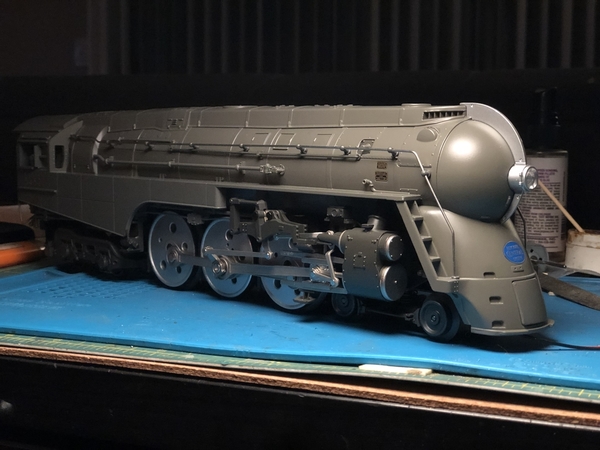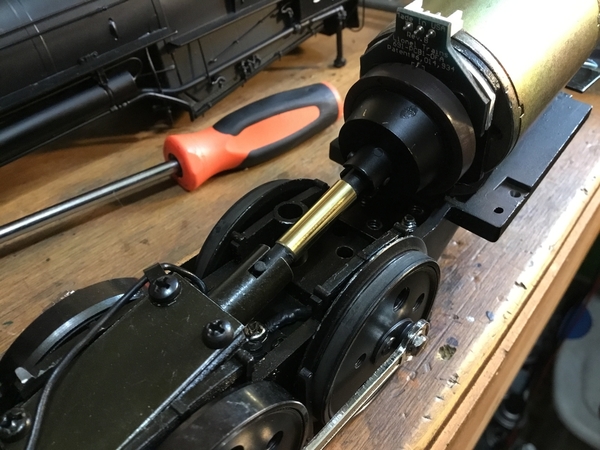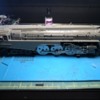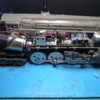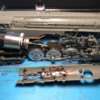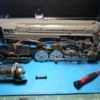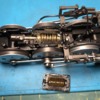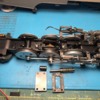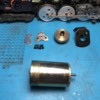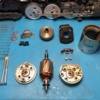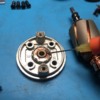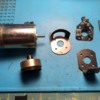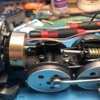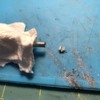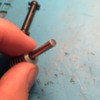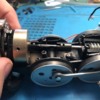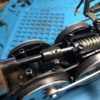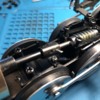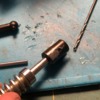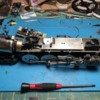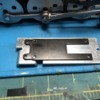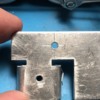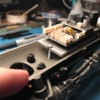Finally got my part order in and I’m going to jump right in!
Of course Ill start off removing all the old electronics. I’m going to keep the IR in place and re-use that later. I removed the motor from the frame and broke down the drive. When I was doing this I noticed that the coupler between the driveshaft/worm gear and dog bone was loose and slipping on the shaft. I pulled it off with ease by hand. As mentioned in the comments above this will not be big deal because I will have to shorten the shaft anyways to make the the dog bone fit properly with the new flywheel.
After taking the drive apart and removing the old grease, I disassembled the motor. I do this on every conversion I work on. I check the commutators and re-lube the wicking around the armature bushings. Then reassembled the motor.
I was going to use the “flywheel guard” but the stack up with the motor bracket and PCB was to much for the flywheel/encoder to properly fit on the output shaft. So I had to scrap that idea. After I sorted that out I figured out how much I needed to trim down the worm gear shaft to fit the dog bone into the coupling correctly. I only had to remove .100 of an inch which wasn’t a lot compared to other projects. Since its a soft steel I was able to cut it by hand then file it down fairly easily. I fitted the coupling then drilled a 1/16th hole through the shaft. I fitted a small brass tube through the hole with some superglue. We have all seen the similar issue and fix on the early EM-1s so I found this to be adequate.
After that I fitted the heat sink to the boiler bottom. I had to position it just right for the placement of the smoke units. I then laid out a hole using the old bracket and mounted it. I had to drill and tap a hole in the front of the boiler bottom and inserted a 2-56 screw to help hold the heat sink in place.
More to come.




